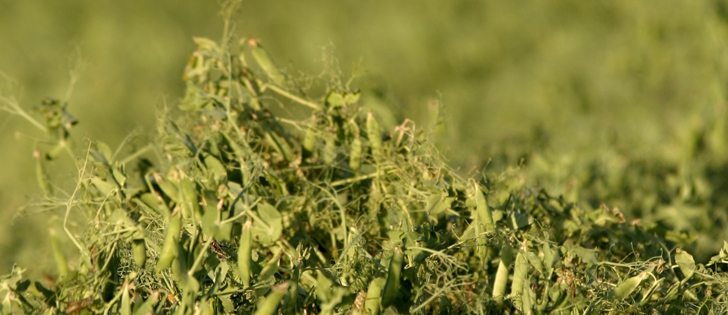WINNIPEG — The Canadian pea industry was shocked this morning to wake up to a notice from India declaring a 50 percent tax on pea imports to the country.
“This sort of moves us beyond even where India has been before in pulse import duties.… More than a decade ago we were at 10 percent. So to sort of move to the maximum allowable for peas under WTO rules has surprised us all,” said Gordon Bacon, chief executive officer of Pulse Canada.
“That is a very horrible news for us as exporters…. India is our biggest buyer of pulses, of peas. So if India doesn’t want to buy, where will our yellow peas go?” said Meiyun Li, general manager with ADM Ag Industries in Saskatoon.
Read Also

Bunge’s crop mix is changing
Bunge has predominantly been a soybean processing firm, but that’s about to change after the merger with Viterra with softseed processing and grain merchandising gaining ground.
The Indian government imposed the 50 percent import tax on peas due to pulses falling below the government-set support level in the local market, according to Reuters.
India mainly imports peas from Canada, Russia, the United States and France. Last year the country’s pea imports jumped up 41 percent from the previous year to a record of 3.17 million tonnes, according to reports.
Related stories:
- India’s bumper summer crop adds to ample pulse supply
- Low pulse exports create market anxiety
- India ponders pulse import limits
The latest news from India comes on the heels of silence for the last month in regards to Canada’s pulse fumigation exemption. At the start of October, the fumigation exemption Canada had for importing pulses before arrival into India expired. Since then the industry had been waiting to hear if it would be extended.
With the latest news, Bacon said Canada is left with more questions than answers.
“We’re in contact with Ottawa to understand the operational details of all of this.… The questions (we’re asking are) does it have any impact on India’s fumigation rules? Does it apply immediately, including vessels on route or that may be docking in India imminently?” he said.
In October it was reported Canadian pea exports were down from previous years. As of Oct. 29, Canada had exported only 849,000 tonnes of peas, which is half a million tonnes behind exports from the same time last year.
In 2016, Canada exported a total 3.345 million tonnes of peas, according to the Canadian Grain Commission.
According to Li, the outlook for the Canadian pea export market is bad. Ukraine and Russia have had big crops and can offer peas for export at lower prices. As well, Li said demand in China is down.
“I’m hearing the destination price is going down because of the big importers (in China who) import cargo in bulk vessel.… The volume is big, and the bulk vessel just arrived.… The importers will sell the product at a lower price. They won’t get their cost back,” she said.
The only place where there is interest for Canadian peas is in the U.S., according to Li. The U.S. pea crop is down this year due to the drought.
“Right now (the U.S. is) buying yellow peas from southeast Saskatchewan only because that origin is closer to the U.S. But they cannot consume all of our pea production. We still need to find other demand,” she said.















